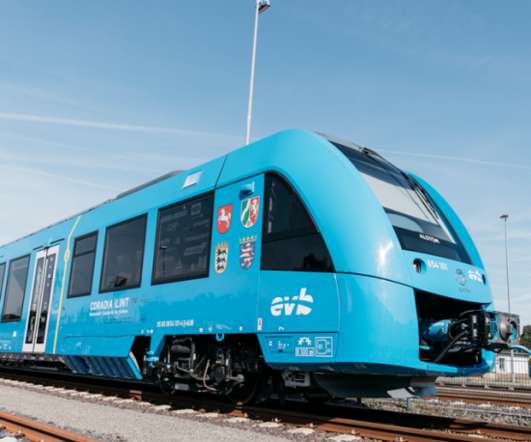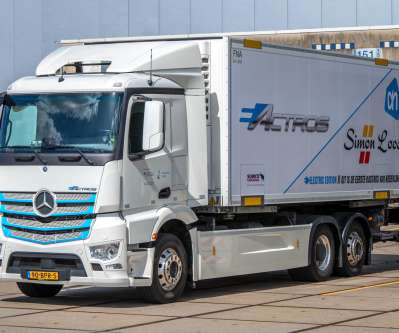AKASOL to supply battery systems for Alstom’s hydrogen trains
Green Car Congress
JANUARY 14, 2020
AKASOL will supply battery systems for more than 40 Coradia iLint hydrogen trains ( earlier post ), which have been ordered from Alstom by the Lower Saxony Transit Authority and the Rhine/Main Regional Transport Association. Based in Darmstadt, AKASOL has been engaged in the development of train batteries for more than ten years.














Let's personalize your content